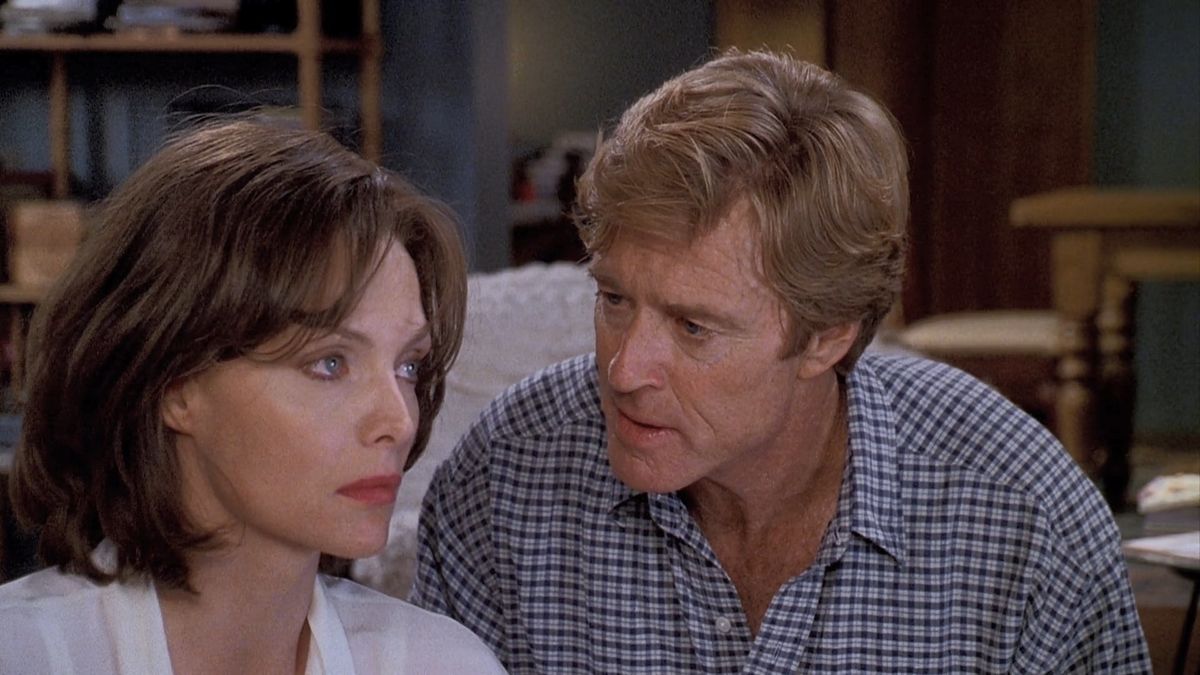
Film: Up Close and Personal, directed by Jon Avnet, adapted by Joan Didion and John Gregory Dunne (1996)
You have reached your article limit
Sign up for a digital subscription and continue reading all new issues, plus our entire archives, for just $1.50/month.
Already a subscriber? Sign in




